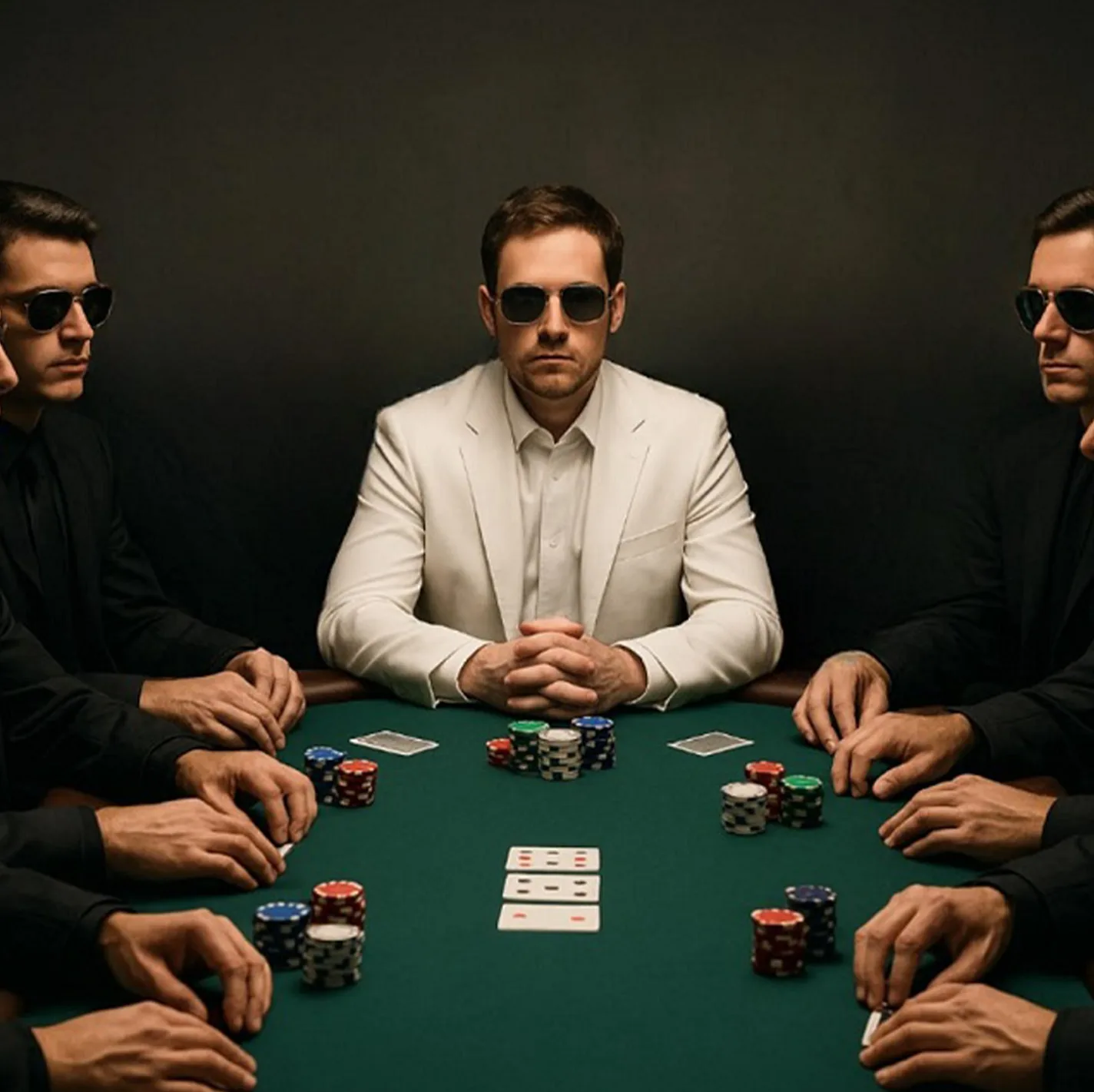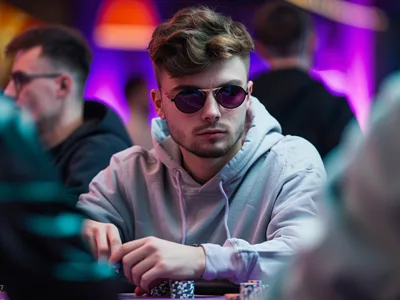If you’re heading to the WSOP in Las Vegas or ACR’s event in Punta del Este this summer, it’s worth remembering how different live poker plays compared to online. You’re no longer an anonymous name on a screen. You’re no longer the same as everyone else. You’re a real person. A person who’s being watched by everyone else at the table. And in a game where you’ll rarely play a statistically significant number of hands against the same opponents, first impressions shape everything.
When I play online poker, I don’t think much about what others think of me, at least not for a long while. Because I know most of them aren’t even really paying attention. They’re playing multiple tables, watching Theo Von videos in the background, and making decisions based on population tendencies, solver calculations and HUD numbers. If they adjust, it’s slowly and because the data told them to. It’s much more math than memory.
Meanwhile, live poker couldn’t be more different.
There’s only one table. The hands move more slowly. The atmosphere is more social. People have time to observe you, to figure out who they think you are. They’re forming stories. And the way those stories unfold, especially early in the session, changes how they play against you.
In live poker, players build entire profiles of you off a few showdowns, a couple of comments, the general aura you project at the table. Their perception of your hand-ranges isn’t built on data, it can’t be. It’s built on your first few hands at the table…and vibes.
You win three pots in short succession without showdown, and now you’re “the aggressive guy.” You get caught running a bluff early, and now you can never have it. I’ve had people fold top pair to me with no hesitation just because “You haven’t played a hand in 20 minutes,” nevermind that’s no more than 15 hands, at best. I’ve had other players hero-call me with bottom pair just because “you look like one of those online players.” The things live players see and take action on often make very little sense and happen nearly instantaneously.
When I first started playing live poker, I used to ignore this. I figured good play was good play and that’s all that mattered. But over time, I learned that what my opponents believed I had mattered more than what I actually had. If they thought I was aggro, they were going to call me with hands they shouldn’t. If they thought I was tight, they folded hands they were supposed to call.
That was a lesson I needed to learn the hard way a few times before it stuck. That first impressions had a powerful ability to shape my opponent’s decisions.
These days, I keep track of the story they think I’ve been telling, and do my best to use it to my advantage.
When people think they’ve figured you out, they usually adjust much too far. They fold too much. Or call too much. Or check when they should be betting, always trying to trap. But when you anticipate it coming, you can exploit it aggressively, often for huge profit.
If I’ve been card dead for a while, I know I can push much harder with my bluffs. If I’ve been particularly active early, I know I can value-bet far more aggressively. When you know how you’re being perceived, you can lean into it the right way.
So whether you’re playing the cash games in Las Vegas or the Main Event in Uruguay, don’t forget to step back from all the theory once in a while and remind yourself that in live poker your image is your range.


